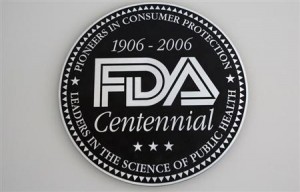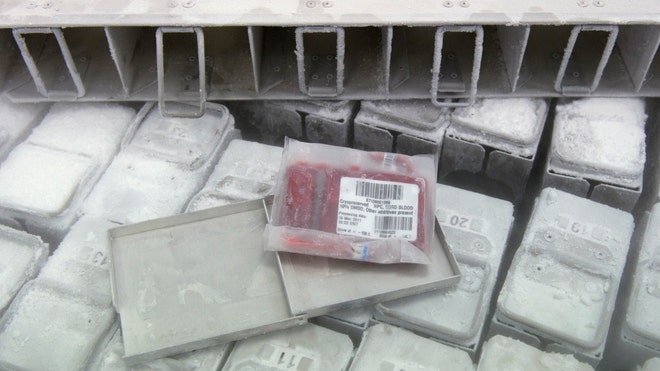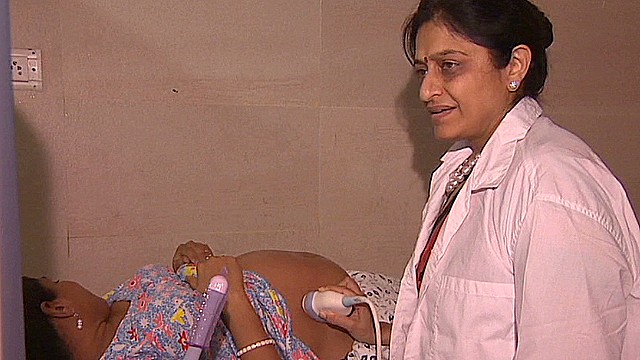
A team of British researchers is warning governments and health care organizations around the world not to fall for the myths and hype surrounding medical tourism.
With the promise of a lucrative market and huge global market opportunities, the appeal of medical tourism is hard to miss.
But researchers from London, York, Sheffield and Birmingham, UK, challenge the view that there is an ever-growing number of people prepared to travel across national borders to receive medical treatment.
They caution that all that glitters may not be gold, saying:
“Our message is: be wary of being dazzled by the lure of global health markets and of chasing markets that do not exist.”
The researchers say medical tourists are typically from affluent countries who will be treated as private patients and will cover their own medical costs.
They are not to be confused with health tourists, who may not always intend to pay for their treatments.
The report, published by the Organisation for Economic Co-operation and Development (OECD), looks at the flow of medical tourists between countries and the interaction between the demand for, and supply of, these services.
Medical tourists can access the full range of medical services but most commonly opt for dental treatments, cosmetic surgery, elective surgery or fertility treatment.
There has also been a shift toward patients from developed countries traveling to less develop ones for lower-cost treatments than would be available at home – helped by cheap air fares and better research opportunities through the internet.
Patients beyond Borders, which claims to be “the world’s most trusted source of consumer information about international medical and health travel,” estimates there are 8 million cross-border patients worldwide, spending on average between $3,000 and $5,000.
And using their statistics about potential savings, it is easy to understand why they estimate 900,000 Americans will travel out of the US for treatments.
Potential savings by traveling to various countries are as follows:
- Brazil: 25-40%
- Costa Rica: 40-65%
- India: 65-90%
- Malaysia: 65-80%
- Mexico: 40-65%
- Singapore: 30-45%
- Thailand: 50-70%
- Turkey: 50-65%
Historical links influence destination choice
Price is not the only determining factor when it comes to choosing a destination. The authors argue that in terms of medical tourism, there is not necessarily a level playing field, and they challenge the view of open and global markets. They say it is not as simple as building facilities and expecting patients to come.
Networks, history and relationships may also explain a great deal about the success of particular destinations.
Dr. Daniel Horsfall, from York’s Department of Social Policy and Social Work, who carried out the statistical analysis for the study, explains:
“We found that historical flows between different countries and cultural relations account for a great deal of the trade.”
“The destinations of medical tourists are typically based on geo-political factors,” he adds, “such as colonialism and existing trade patterns. For example, you find that medical tourists from the Middle East typically go to Germany and the UK due to existing ties, while Hungary attracts medical tourists from Western Europe owing to its proximity.”
But the British research warns that there is not enough evidence “to enable us to assess who benefits and who loses out at the level of system, programme, organisation and treatment.”
Lead author Dr. Neil Lunt, from the University of York, explains:
“What data does exist is generally provided by stakeholders with a vested interest rather than by independent research institutions. What is clear is that there exists no credible authoritative data at the global level, which is why we are urging caution to governments and other decision-makers who see medical tourism as a lucrative source of additional revenue.”
But if the promise of financial savings is too attractive to dismiss, remember that different countries may also have different standards of care. Companies brokering medical tourism do not have standard accreditation, so it may not be clear what is covered and what is not.
The study also points out that there is currently no overarching legal or ethical strategy for medical tourism, and the researchers call for more information and understanding before even considering what regulations are needed.
But as to whether medical tourism is a good or bad thing, the researchers decline to call. The report concludes:
“On balance there is a pressing need to explore further as to whether medical tourism is virus, symptom, or cure.”
Source: Medical news today












